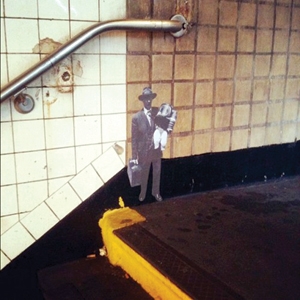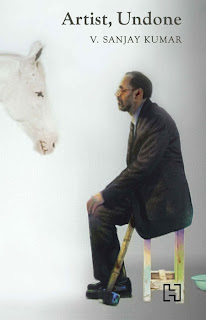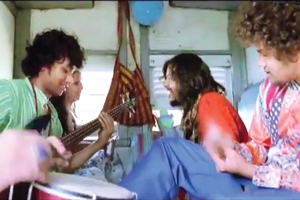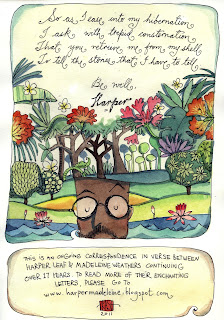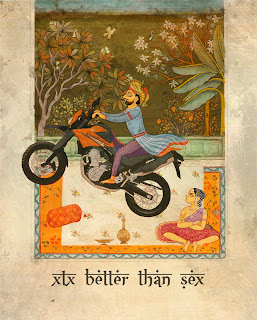(Stephen King, one of my favorite writers and a frequent target for critics attacking 'genre fiction'.)
(Originally published here at The Sunday Guardian)
Michael Chabon, the American author who won the Pulitzer Prize for fiction in 2001, once said, in the foreword for The Best American Short Stories 2005: "Entertainment means junk. But maybe the reason for the junkiness of so much of what pretends to entertain us is that we have accepted — indeed, we have helped to articulate — such a narrow, debased concept of entertainment. . . . I'd like to believe that, because I read for entertainment, I write to entertain. Period."
Somehow, in our mad rush for categorising everything into neat little boxes, we've lost sight of what exactly it is that whets our appetite for good writing. Everything is high-brow, or low-brow; there are no prisoners taken in this all-important game of nomenclature. If you're not a practitioner of the hallowed 'literary fiction' section of the bookshelf, you're not worth a second thought. And if you're a 'genre fiction' writer, you're a feeble-minded sell-out to the much-hated market forces; the worst kind of populist there exists.
Last week, debutante author Jugal Mody's novel Toke was released by Harper Collins.Toke is the story of a bunch of stoners who try to save the word from a zombie apocalypse, all in the process of "smoking a lot of good shit". Now, this may not sound earth-shattering for followers of 'literary fiction writers or readers', but Mody is unconcerned. In his own words, "At some point of time, fiction started to get divided and categorised. It became all about placing books into various classes like drama, comedy and so on." Mody, who counted The Faculty and Pineapple Express among his influences, began writing his stoner-zombie novel in 2009. "One reason why I always liked old Bollywood movies was that they are really hard to pin down into any one genre. They'd be equal parts comedy, drama, action... you couldn't really classify them into a particular genre, they're just a wholesome product," said Mody.
There are other, mostly economic reasons behind this rush to 'place' books into a particular category. Author Manjula Padmanabhan has written books for both children and adults; her 2008 book Escape defied these convenient tags. While having overt science fiction sensibilities, it was recognised by several notable critics as being very much a part of 'literary fiction'. As Padmanabhan clarifies, the reasons behind this nomenclature are very often economical. "Children's books are often more expensive for publishers to print than books for adults. Also, the space for literature in Indian life is minuscule as it is. When there's just a column's width of words of any kind to spare on books, editors are bound to promote high-minded and intellectual titles in order to catch the interest of buyers who have money to spare on buying books," she said.
Which isn't to say that genre fiction writing isn't good business. In the wake of Chetan Bhagat's success, there has been a glut of mostly romantic coming-of-age stories written by young Indian authors, like Tushar Raheja, whose book Anything For You, Ma'amsoared to the top of the bestsellers list, despite being panned by a large section of critics for being too hackneyed and juvenile. However, books like Raheja's did manage to strike a chord with a lot of readers. As Padmanabhan said, "I believe the majority of young readers today really don't have the vocabulary or patience to read the older kind of novel but why should they? Today's young person thinks in phone-text abbreviations, not full sentences or properly spelt words. So they'll buy books that reflect their speech."
Mody was of the opinion that books such as these had managed to achieve something very, very important – getting people to pick up a book, people who'd hitherto eschew reading altogether in favour of other, more immediate sources of entertainment. In his own words, "I grew up in a Gujarati family and was hence exposed to a lot of Gujarati pulp fiction writers, some of whom still sell a lot of books today. Writers like these have gotten a lot of young people to start reading for the first time, and a lot of these readers moved on to much better writers."
In the interests of a healthier and more inclusive literary environment, it's perhaps advisable to keep an open mind and not seek to pre-judge books on their descriptions. It's better, after all, to read good fiction, rather than reading 'literary' or 'genre' fiction.
.jpg)

